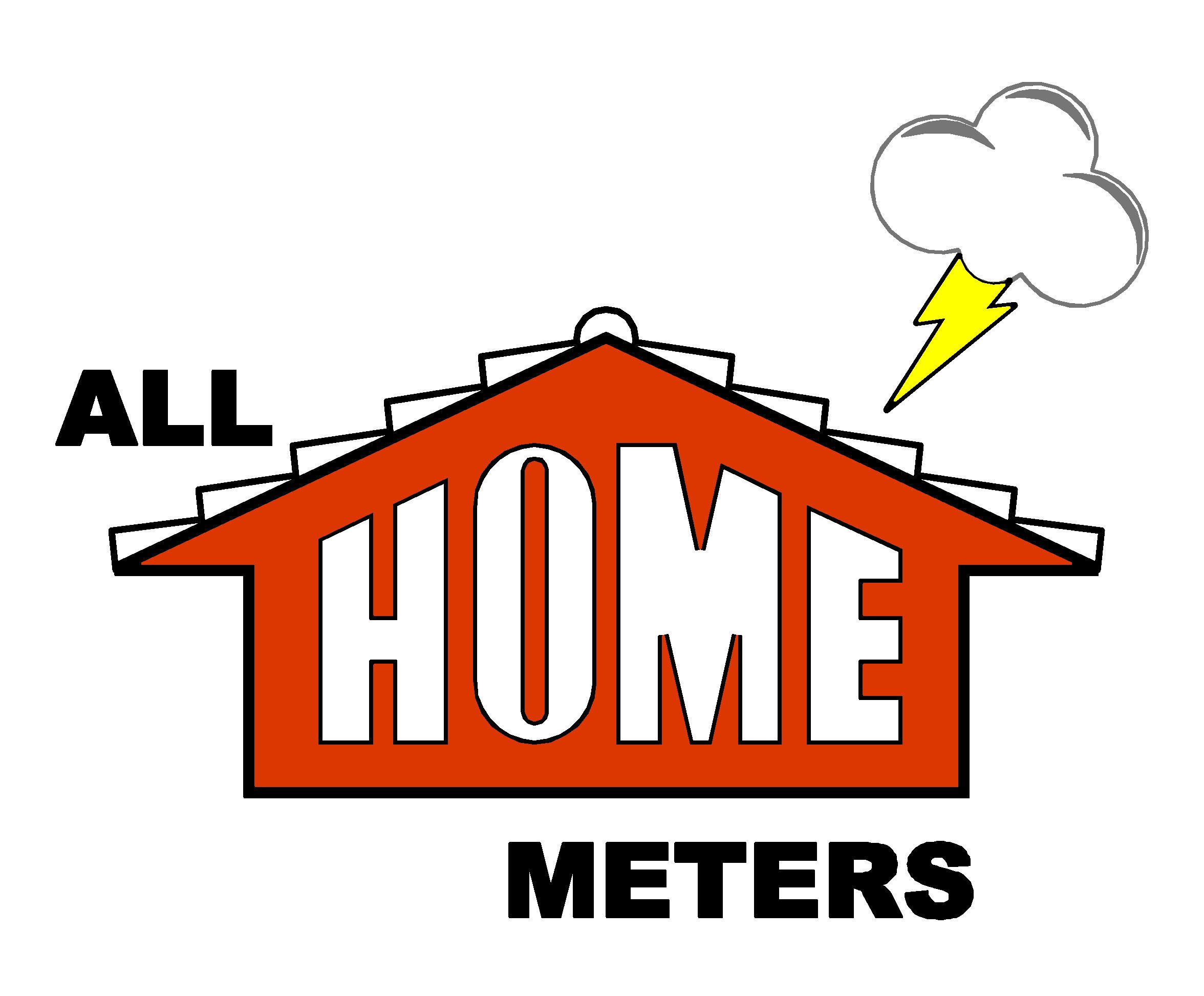Structural Inspection Miami Dade, Hialeah, & South Florida | Cost
Structural Inspections from $1,200. Price depends on the size of the building, year built, number of stories, etc.
All Home Meters LLC - Professional Engineers.
Phone: 786-318-7203
Email: info@allhomemeters.com
Address: 16520 SW 66 St, Miami, FL 33193
Scope of Structural Inspections
Updated November 27, 2025. Expertly reviewed and verified by Armando Longueira, P.E. (Florida Professional Engineer License #67462).
The fundamental purpose of the required structural inspection is to confirm in reasonable fashion that the building or structure is safe for continued use under the present occupancy.
This is a professional procedure, and these minimum recommendations are not intended to supplant proper professional judgment.

Structural Inspections Miami Dade & Broward County
Such structural inspections determine the general structural condition of the building to the extent reasonably possible of any part, material, or assembly which affects safety or supports load.
In general, visual examination will be considered adequate when executed systematically throughout all habitable and non-habitable areas of the building. Surface imperfections such as cracks, distortion, sagging, excessive deflections, misalignment, signs of leakage, and peeling of finishes should be viewed critically as indications of possible difficulty.
Structural Inspection Testing
Inspection testing procedures and quantitative analysis are generally not required unless visual examination reveals a specific need.
Manual Procedures
Chipping small areas of concrete and finishes for closer examination are encouraged where visual examination is insufficient.
Location
Unfinished areas like utility spaces, maintenance areas, stairwells, and elevator shafts are utilized for such purposes to be least disruptive.
Structural Inspection Evaluation
Evaluating an existing structure for the effect of time must consider movement and deterioration of materials. In this aggressive marine climate (Miami-Dade, Broward), highly aggressive corrosive conditions exist year-round due to high humidity and salt exposure. Deterioration is most likely adjacent to exterior walls or wherever moisture has penetrated the building shell.
Required Actions if Deterioration is Found
Cosmetic Repairs: May suffice for non-sensitive members (tie beams, columns) provided remaining sound material is sufficient.
Mandatory Repairs/Reinforcement: Required for members carrying loads if the remaining material cannot perform its function at acceptable stress levels.
Structural Inspection Report Requirements
A written report is mandatory, attesting to the required structural inspections.
Report Content
Each report shall note the location, type of construction, and general magnitude of the structure. It must include:
Description of inspection type and manner.
Problem areas and recommended repairs.
A statement regarding structural safety (safe, unsafe, safe with qualifications).
A limits of liability statement: "This Recertification Report represents an accurate appraisal of the present condition of the building based upon careful evaluation of observed conditions, to the extent reasonably possible.”
Foundation Inspections
We evaluate foundational conditions. Movements (settlement) can be significant in older buildings on unconsolidated soils common in the Miami-Dade area.
Significant deviations from ideal conditions are likely to result in unequal vertical movements. Monolithic masonry, generally incapable of accepting such movements, will crack (typically diagonally at corners and large openings).
In the event of large movements, continuous structural elements such as floor and roof systems must be evaluated for possible fracture or loss of bearing.
Roofing Systems
Sloping roofs are of concern if the membrane has deteriorated or tiles have become loose. Flat roofs require careful examination for blisters, wrinkling, alligatoring, and loss of gravel, as they often approach life limits when recertification is due.
Masonry Walls & Steel/Wood Framing
We inspect masonry walls for cracking or bulging. Steel bar joists are sensitive to corrosion, especially web welds near supports. Wood joists and rafters are checked for "dry rot" (prevalent with sustained moisture), using a pointed tool test to gauge material condition.
Loading & Structural Integrity
Even without observable deterioration, loading conditions must be viewed with caution. This premise holds validity only if loading patterns and conditions remain unchanged from the original design. Any material change in type or magnitude of loading warrants an examination of the affected structural system's load-carrying capability.
Structural Inspections Service Area
We provide Structural Inspection and 40 Year Recertification services across Miami-Dade and Broward counties, including the following cities:
City of Hialeah
Coral Gables
Homestead
Doral
Miami Beach
Miami
